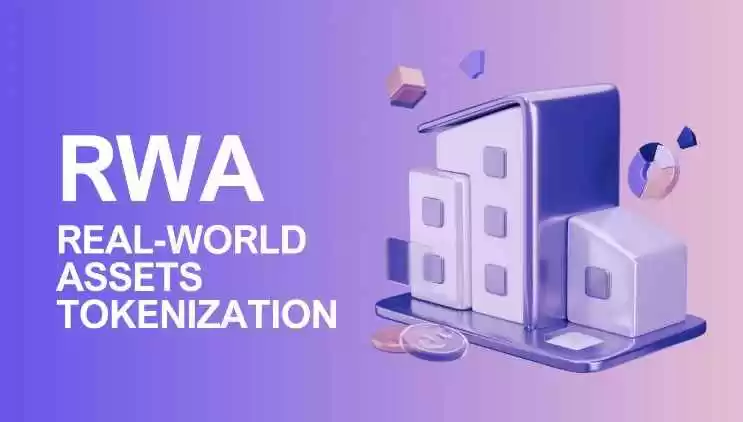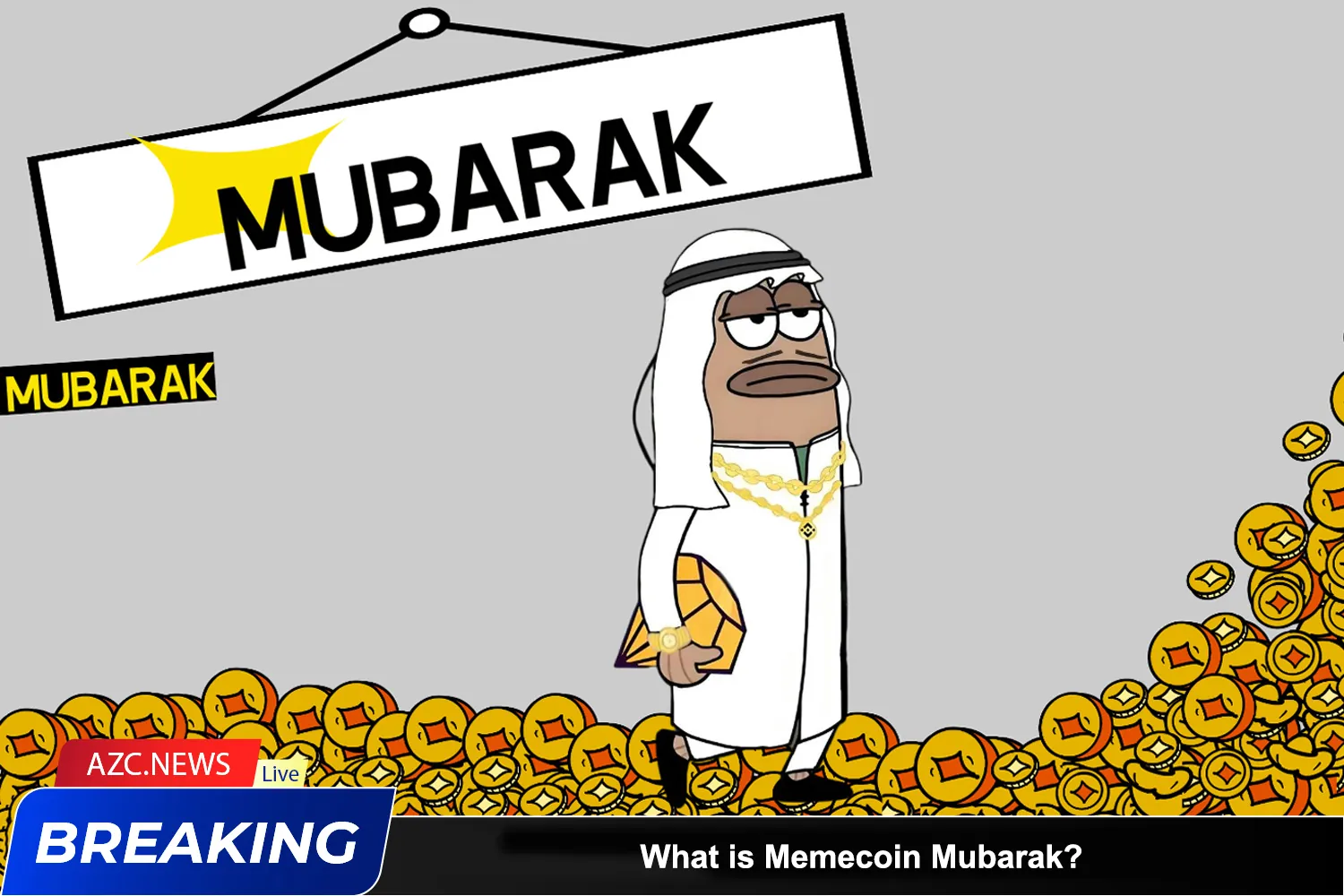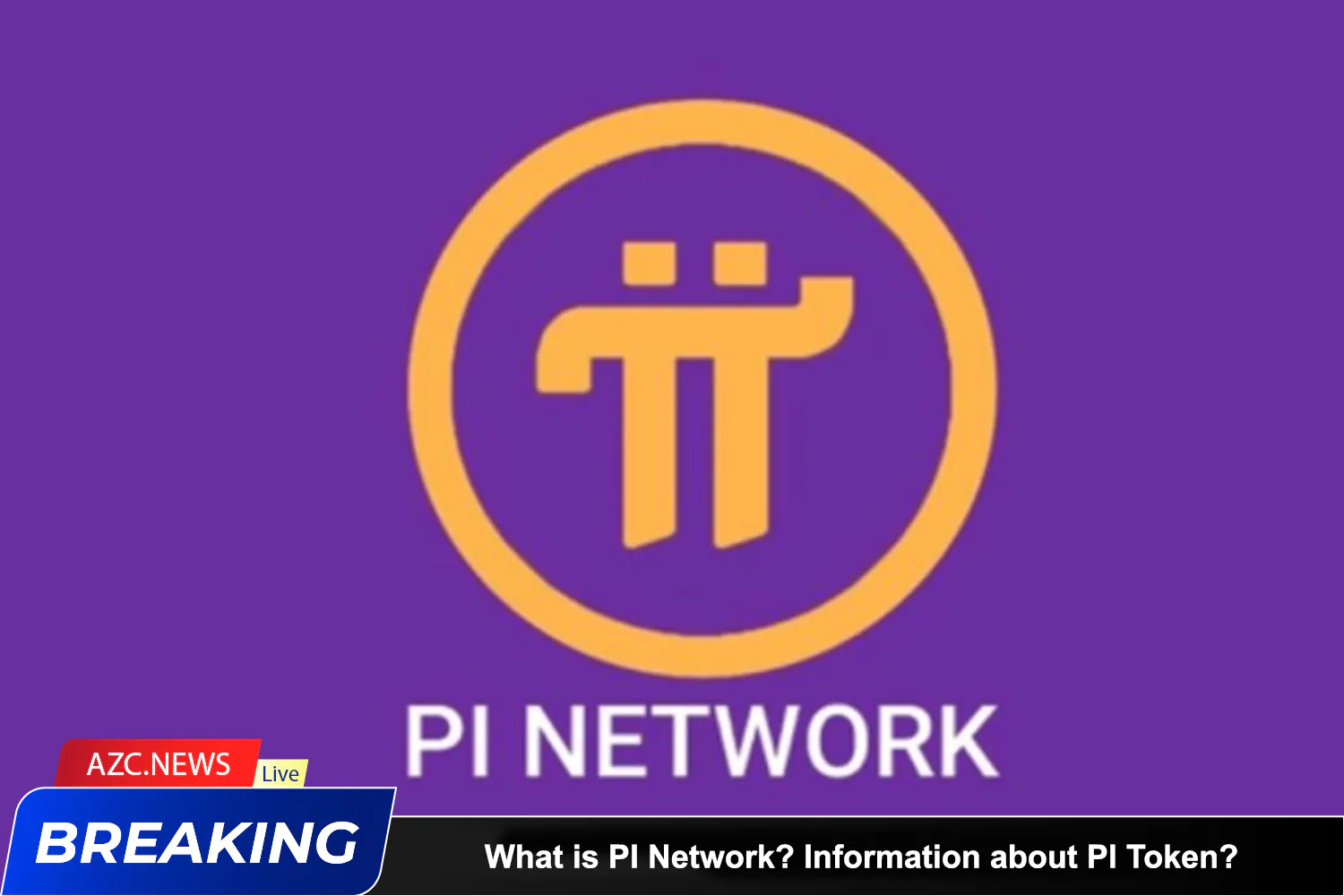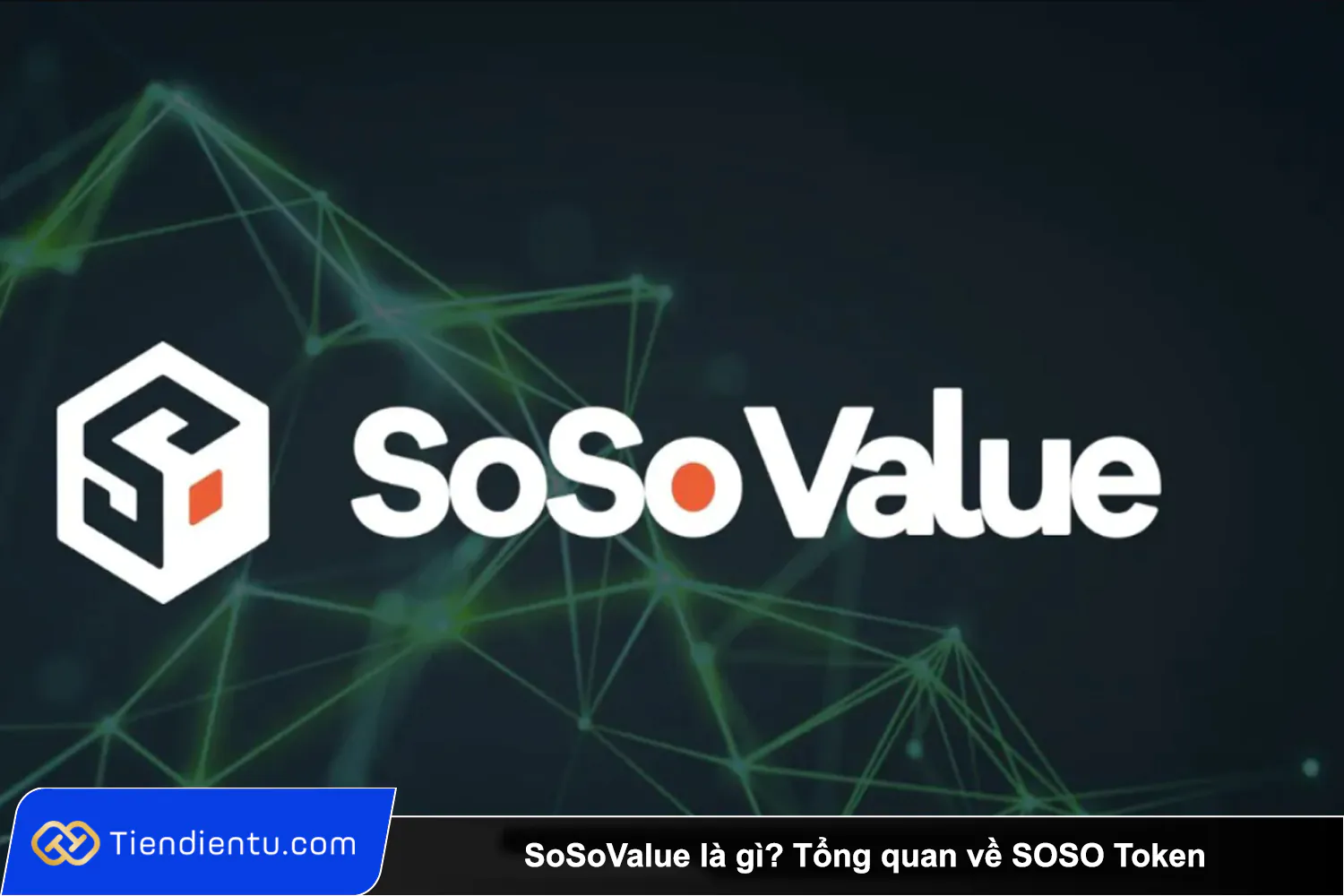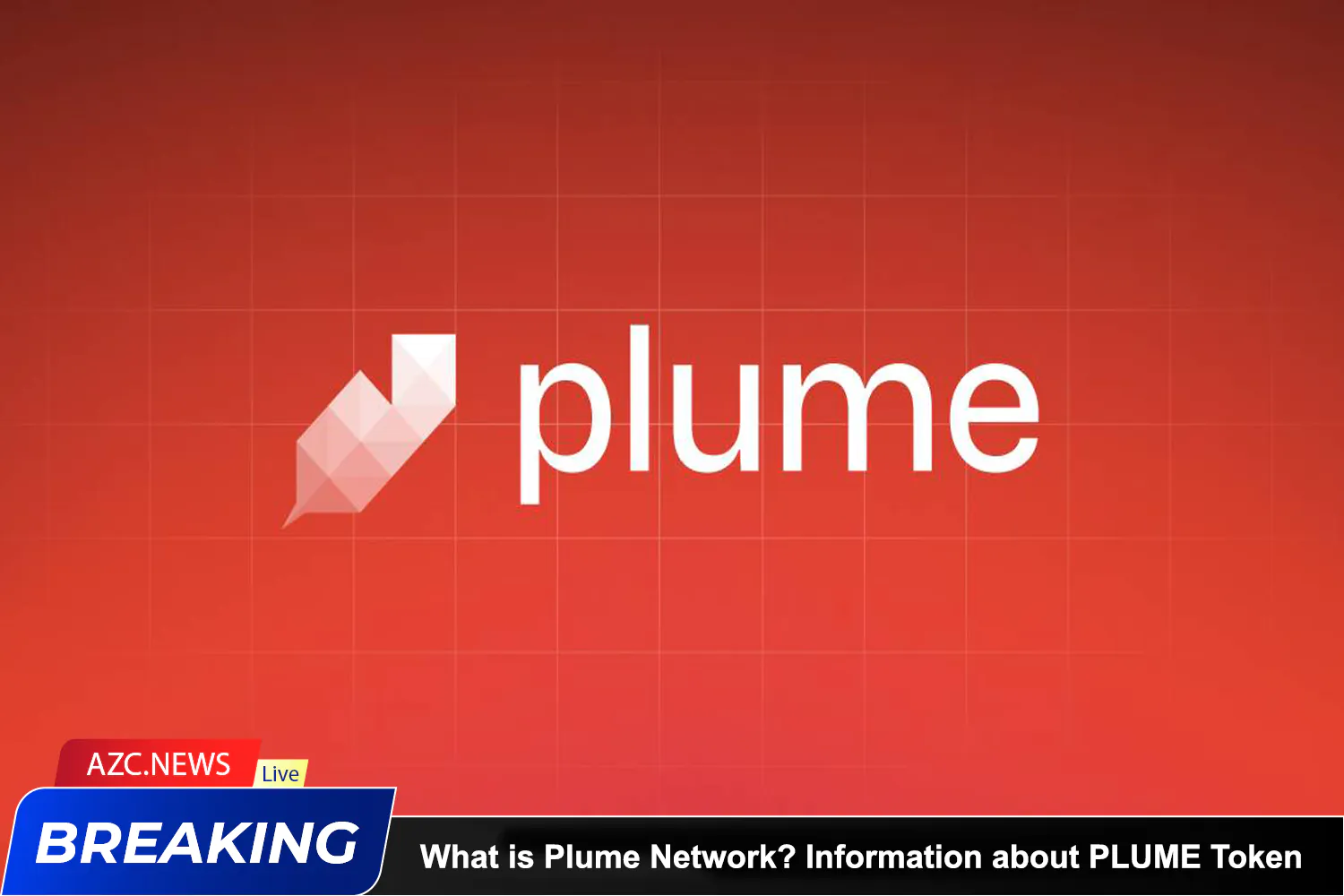A prevalent trend in the cryptocurrency world is the fusion of traditional finance (TradFi) with digital assets as large organizations increasingly enter the space.
An integral aspect of this ongoing integration is the digitization of Real World Assets (RWA), a process involving the placement of off-chain financial assets onto the blockchain.
Today, the tokenization of RWAs is a burgeoning field with considerable potential. This article explores the current state of encrypted RWAs, delving into their fundamentals, prospects, and developments.
It draws from a report published by Binance Research on July 25, 2023, and primarily focuses on data and developments preceding this date unless specified otherwise.
What Are Real World Assets?
Real World Assets (RWA) refer to tangible and intangible assets in the physical world (e.g., real estate, bonds, commodities, etc.).
The digitization of RWAs involves bringing these off-chain assets onto the blockchain, unlocking new possibilities and potential use cases. Encrypted RWAs can be stored and tracked on the blockchain, enhancing efficiency and transparency while reducing the potential for human errors.
>>> What is Real World Assets (RWA)? Top 5 Outstanding Projects
Examples of RWAs:
The Tokenization Process
For RWAs to exist on the blockchain, their ownership and representation must also be recorded on the blockchain. While the specific mechanisms may vary, the general tokenization process involves establishing terms before creating encrypted representations of on-chain content.
On-chain tokenization process:
Growth and Prospects of RWAs
Although the RWA market is still in its initial stages of development, it has shown increasing adoption and a rising Total Value Locked (TVL). As of September 1, RWAs represent the eighth largest sector in DeFi with a total TVL of $1.3 billion, according to DeFi Llama data. This growth is evident, considering they were ranked thirteenth at the end of June.
The number of RWA token holders has also steadily increased. As of July 24, 2023, over 41.3 thousand individuals held RWA tokens on the Ethereum blockchain, more than double the number from a year ago. By September 3, 2023, this number had risen to over 43.4 thousand.
RWA token holders:
Dune Analytics
Tokenizing illiquid assets is a developing market with substantial potential. Some reputable organizations believe that it will lead to significant market capitalization in the future. For instance, Boston Consulting Group estimated that the global tokenization of illiquid assets could be a $16 trillion business opportunity by 2030.
Even capturing a small share of this market could benefit the blockchain industry. However, when compared to the estimated total global asset value of $900 trillion, the tokenized assets represent a small portion, suggesting significant room for growth.
Notable Developments
Apart from DeFi protocols, Traditional Finance (TradFi) organizations are increasingly embracing RWAs. Some are even exploring and building their own blockchains to tokenize assets. As adoption grows, traditional exchanges are likely to facilitate secondary trading of RWAs.
With the sector maturing, regulatory developments will likely drive wider adoption. The chart below illustrates key milestones in organizations’ adoption of RWAs in the current year.
Timeline of institutional adoption and market developments in 2023:
Conclusion
Tokenizing real-world assets showcases a compelling use case for blockchain technology with significant potential. By offering transparency and increased efficiency, tokens can serve as feasible alternatives to existing mechanisms. We’ve witnessed early signs of regulatory adoption as traditional companies explore technologies that could address current inefficiencies.
The popularity of RWAs also presents a positive development for cryptocurrency investors, enabling them to access opportunities beyond the cryptocurrency ecosystem. Integrating RWAs has brought more stable assets into DeFi, diversifying the collateral assets in the space. We look forward to monitoring the continued growth and innovation in this space.

